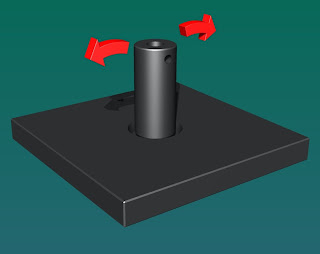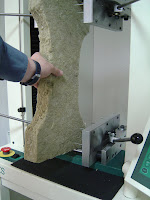How Molasses Helped Shape the Modern World of Construction Regulations and Materials Testing

Major incidents and disasters down the years have helped shape the modern world of materials and structural testing to recognised International Standards. One such example happened in Boston over 100 years ago………………. There have been many accidents and disasters over the years that could, and should, have been averted by effective materials testing. Indeed, on more than one occasion, with any materials testing at all! One such incident was the Great Molasses Flood, also known as the Boston Molasses Disaster, which occurred on January 15, 1919 in the North End neighborhood of Boston, Massachusetts. The tank at 529 Commercial Street before the disaster A large storage tank filled with 2.3 million US galloons, weighing approximately 13,000 short tons, of molasses burst and the resultant wave of molasses rushed through the streets at an estimated 35 mph (56 km/h). The event entered local folklore and residents claimed for decades afterwards that the are...




